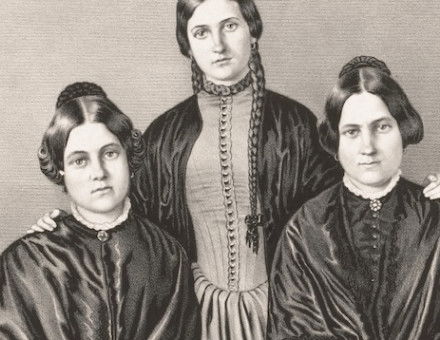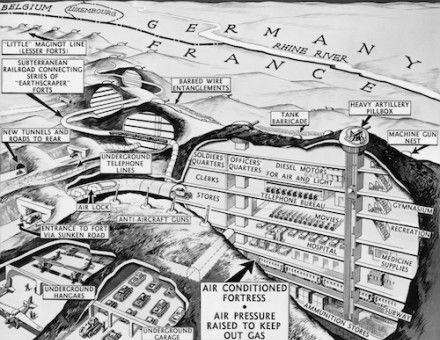England's Lost Houses
Giles Worsley explains why so many country houses were demolished in the last century.
The future of Tyntesfield, the remarkable Victorian house in Somerset, built by the guano-enriched Gibbs family, now seems secure. For a time it looked as if the house would be broken up and its contents sold. Now the National Trust is to buy it with money from the National Heritage Memorial Fund. But even if the National Trust had not been able to pull off the deal at least one thing was always certain. Tyntesfield would not be demolished. It is a fate that only a generation ago would have been all too plausible, for perhaps one in six of all English country houses were demolished in the twentieth century.
The latest research suggests that at least 1,200 English country houses were lost during the century, a figure that might rise to 1,700 if every county was properly studied. Why did so many country houses go?
The answer seems obvious, at least in folk memory. High taxation, and above all death duties, coupled with the tragic loss of aristocratic heirs in two world wars, forced all too many landed families to sell their estates, leading to a wave of country-house demolitions that could, and should, have been prevented if only the Government had acted sooner.





